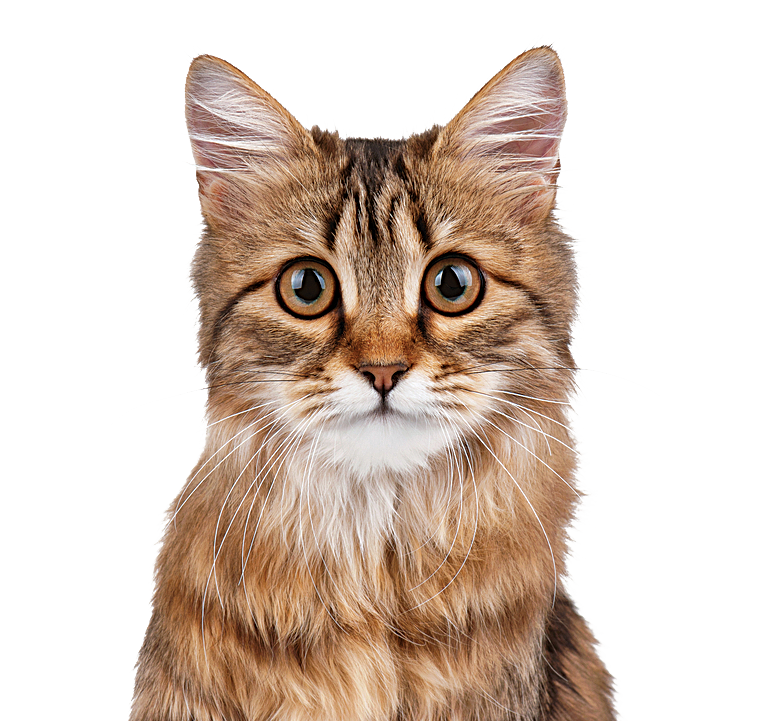Is your Cat buddy beside you as you are reading this? Call their name and try to see the look on their face. Do they seem happy or sad?
Is the Cat confused for being called for no reason, or is it you who’s seemingly confused by the Cat’s facial expression? If it’s the latter, relax — you’re not the only one!

MAKING FACES
A facial expression is a non-verbal signal that involves facial muscle movement and is an integral part of communication as it also reflects an individual’s emotional state, according to the American Psychological Association.
Even nonhuman animals make facial expressions, which sometimes resemble those of humans, according to a 2013 article by Bridget Waller and Jerome Micheletta published in Emotion Review.

PURR-PLEXED EXPRESSION
As someone working in a veterinary clinic, I do personally notice that Cat parents tend to talk about the medical history of their feline companions to a lesser extent in contrast to Dog parents. When Cat parents are asked questions, they are more likely to have an answer of “I am not sure” or “I don’t know,” as Cats would display very few signs of illness and discomfort.
But before anyone becomes hiss-terical, let’s clarify that there might really be an expressiveness gap between humans and Cats.
A 2017 study conducted by Minori Arahori, Hika Kuroshima, Yusuke Hori, Saho Takagi, Hitomi Chijiwa, and Kazuo Fujita published in Behavioral Processes shows that people perceive a greater distance between themselves and Cats as compared to Dogs, and it is posited that this disparity is due to the different domestication histories of the two: unlike Cats, Dogs were selected to work alongside humans.

ARE HUMANS BAD AT READING CATS’ FACES?
Given the above discrepancy between humans and Cats, how can people identify the emotions of their feline companions and truly understand them?
There is a study by Lauren Dawson, Lee Niel, Jenna Cheal, and Georgia Mason in 2019 published in Animal Welfare that tried to determine if people could identify the emotions of cats based on their facial expressions. The results were a little unfortunate, as participants’ scores were rather low.
More than 6,000 individuals participated in the survey, which involved watching 20 short close-ups of the feline heads without audio. They had to decide whether the expression was negative or positive. Their scores averaged about 59%, which was admittedly low.
It is also interesting to know that 93% of the participating individuals had lived with a Cat during adulthood, which meant that a previous history of caring for Cats was not a clear indicator of one’s capacity to accurately recognize feline facial expressions.

CAT WHISPERER MEOW-MENT
I took the same test that the participants in the research did and to my surprise, I got a perfect score. The result surprised me, since I identify as a Dog person. Then again, I have been living with Cats my whole life.
The study showed that only 13% of the participants got a good score of 15 or better and that they were more likely to be women, veterinarians, or veterinary technicians. It totally made sense that I got a good score, because I was part of that demographic.
TRY IT, PURR-HAPS?
Would you like to know if you are a Cat whisperer, too? You can take the quiz HERE.

THINK PAW-SITIVE
Even though the results of this study suggests that humans are actually bad at reading Cats’ facial expressions, it’s also rather fun — I really did have fun taking the test, so I hope you do, too! There is definitely room for us to better ourselves when it comes to understanding Cat expressions, especially because it can help us form a better bond with them and give them better care!






